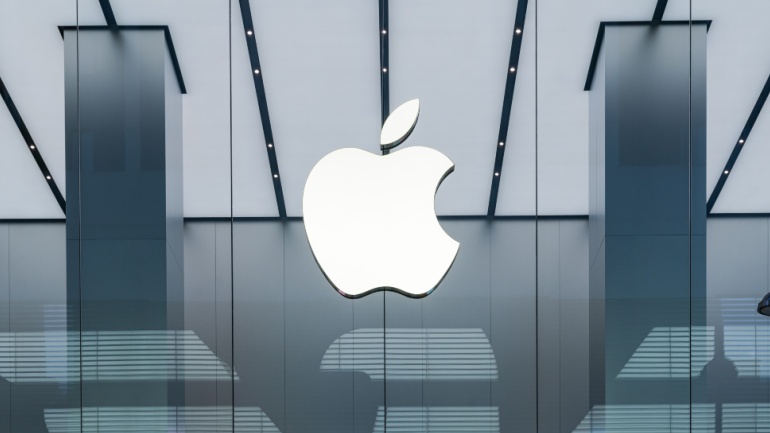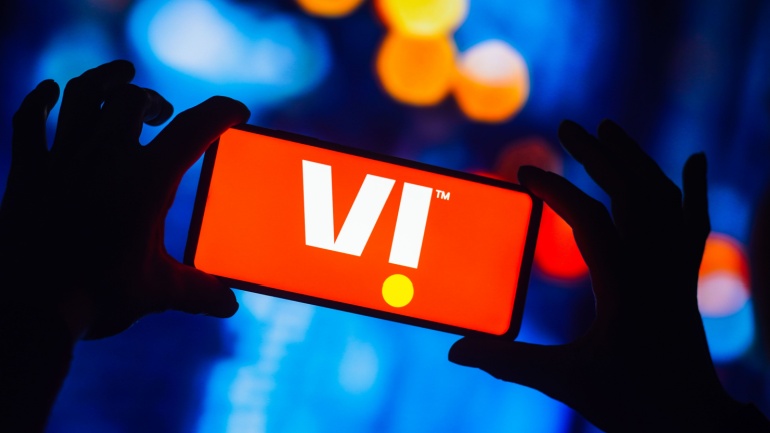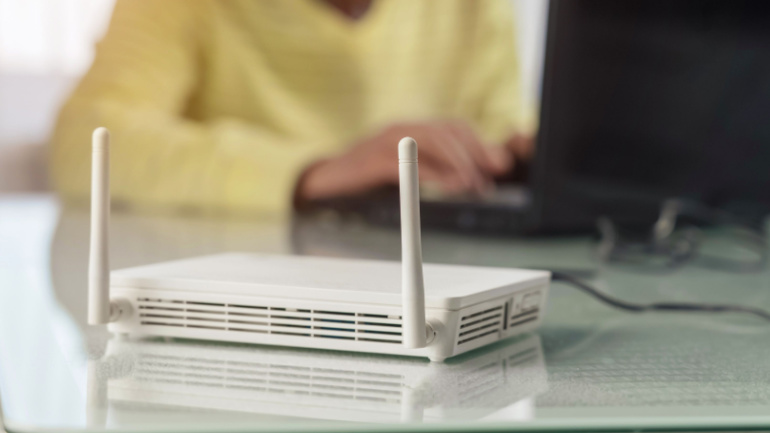Despite the much-anticipated launch of Apple’s Vision Pro, reports indicate a struggle in sales for the tech giant’s high-priced mixed reality headset. Noted Apple analyst Ming-Chi Kuo recently shared insights on Medium, revealing that Apple has slashed its shipment forecast for the pricey device.
The Snapdragon X Plus is an upgraded version of the Snapdragon X Elite, which debuted in October last year. Many of the touted features remain similar, including claims of exceptional performance, extended battery life, and cutting-edge on-device AI capabilities. Qualcomm asserts that the CPU, GPU, and NPU (Neural Processing Unit) collectively offer superior performance and energy efficiency.
Vodafone Idea, a struggling telecom operator in India, is set to embark on a significant equity fundraising effort to secure more than $2 billion. This move comes as the company faces mounting bills and aims to finance the rollout of its 5G network.
GoTo’s Miradore Premium+ is a new subscription tier designed for growing businesses, offering enhanced MDM capabilities. CallTower introduces CT Text with MMS and SMS features in Cisco Webex. NGMN’s report underscores the necessity of industry-standard measures for tracking energy consumption in virtualized mobile networks. Casa Systems is selling its Axyom business to Lumine Group and its cable interests to Vecima Networks due to reduced capital spending.
In a significant move, AT&T has pledged an additional $3 billion investment by the end of the decade to address the digital divide in the United States, bringing its total commitment to this cause to $5 billion. This announcement comes as part of the telco’s ongoing efforts to ensure more Americans have access to affordable high-speed internet.
KPN, a leading telecom operator, recently announced its plan to retire 2G network by 2025, opening the frequency gates to bolster the reliability and speed of its 4G & 5G networks.
In an ambitious move following its planned merger with Three UK, Vodafone has announced a significant enhancement of its network capabilities across Scotland, targeting a comprehensive deployment of 5G Standalone (SA) technology. By 2034, the telecom giant aims to cover 89% of Scotland with this advanced network, promising a substantial boost in national productivity valued at approximately £9 billion by the end of the decade.
First Orion, the leading provider of branded communication solutions for enterprises, announces that the industry’s first real-time out-of-band call authentication solution, INFORM Paired, is now available across all major U.S. carriers. INFORM Paired ensures bad actors cannot impersonate a branded call from a legitimate enterprise and, as a result, reduces the risk of consumers getting scammed.
In a realm shaped by technological leaps, communication is paramount. The clash between VoIP and traditional telephony unfolds a saga of innovation. Landlines tethered us, but VoIP liberated. Its cost-effectiveness, mobility, and rich features redefine connectivity. Traditional providers adapt, but VoIP’s journey continues, merging with AI, 5G, and virtual realms, pushing communication beyond limits.
Scotland’s pureLiFi pioneers revealed latest advancements in delivering data via light at Mobile World Congress. Their new LiFi hotspot not only provides impressive broadband connectivity, but avoids congesting WiFi networks. The LINXC Bridge™ emerged as a trailblazing solution for indoor 5G connectivity, boasting 1Gbps speeds over 5G network.













